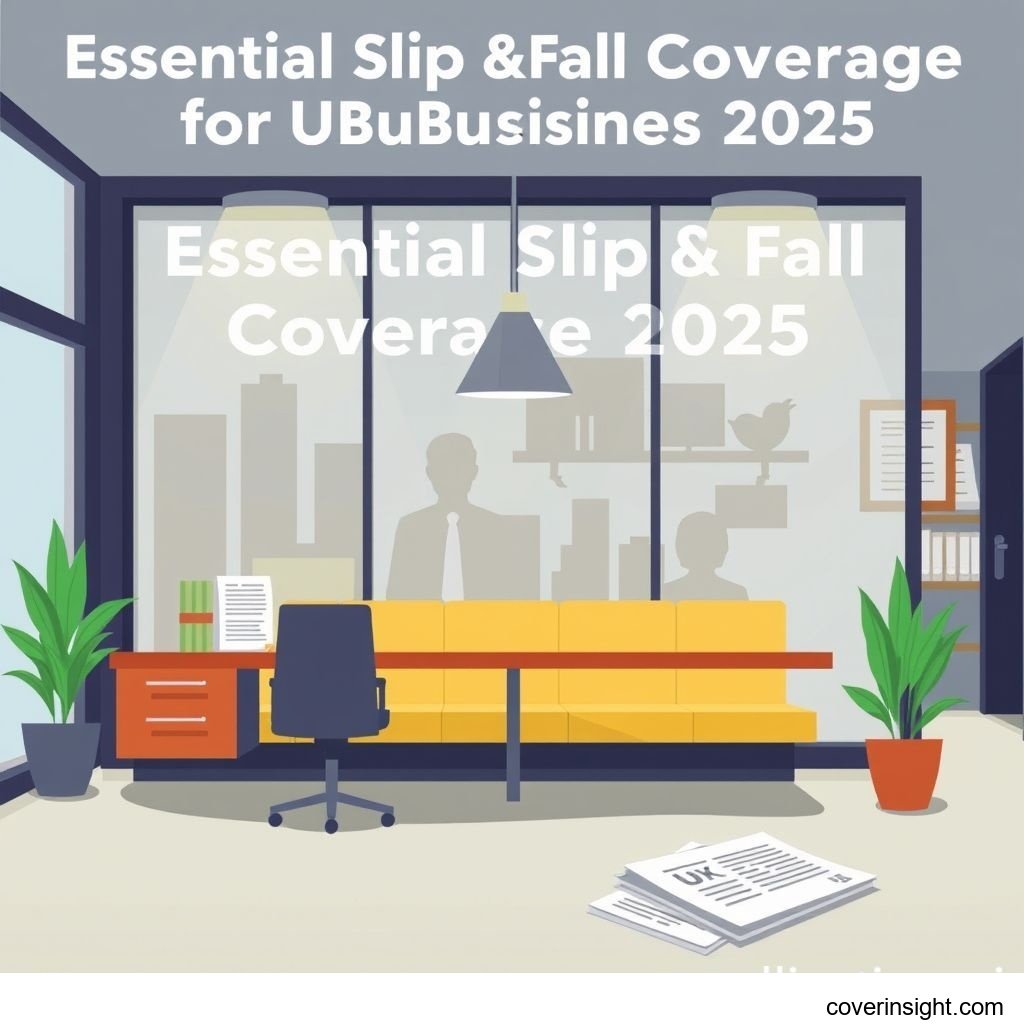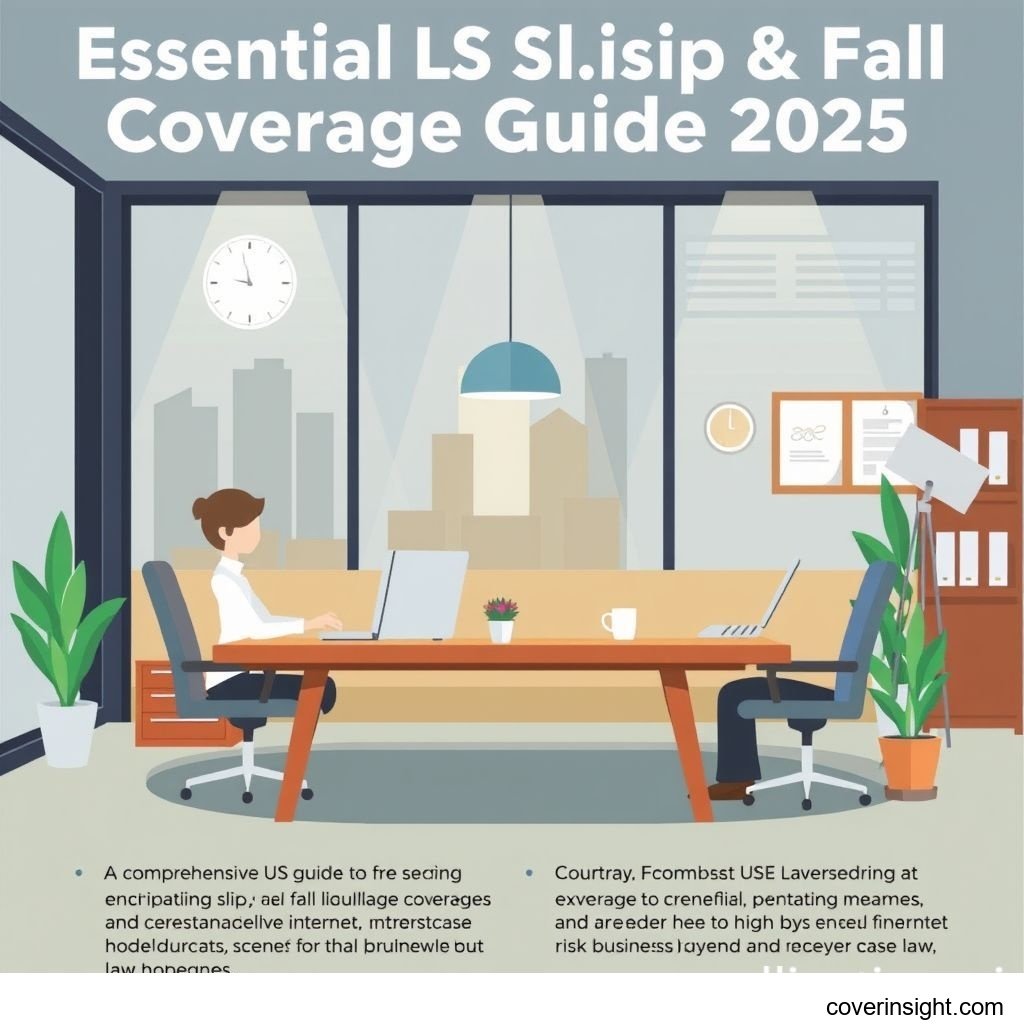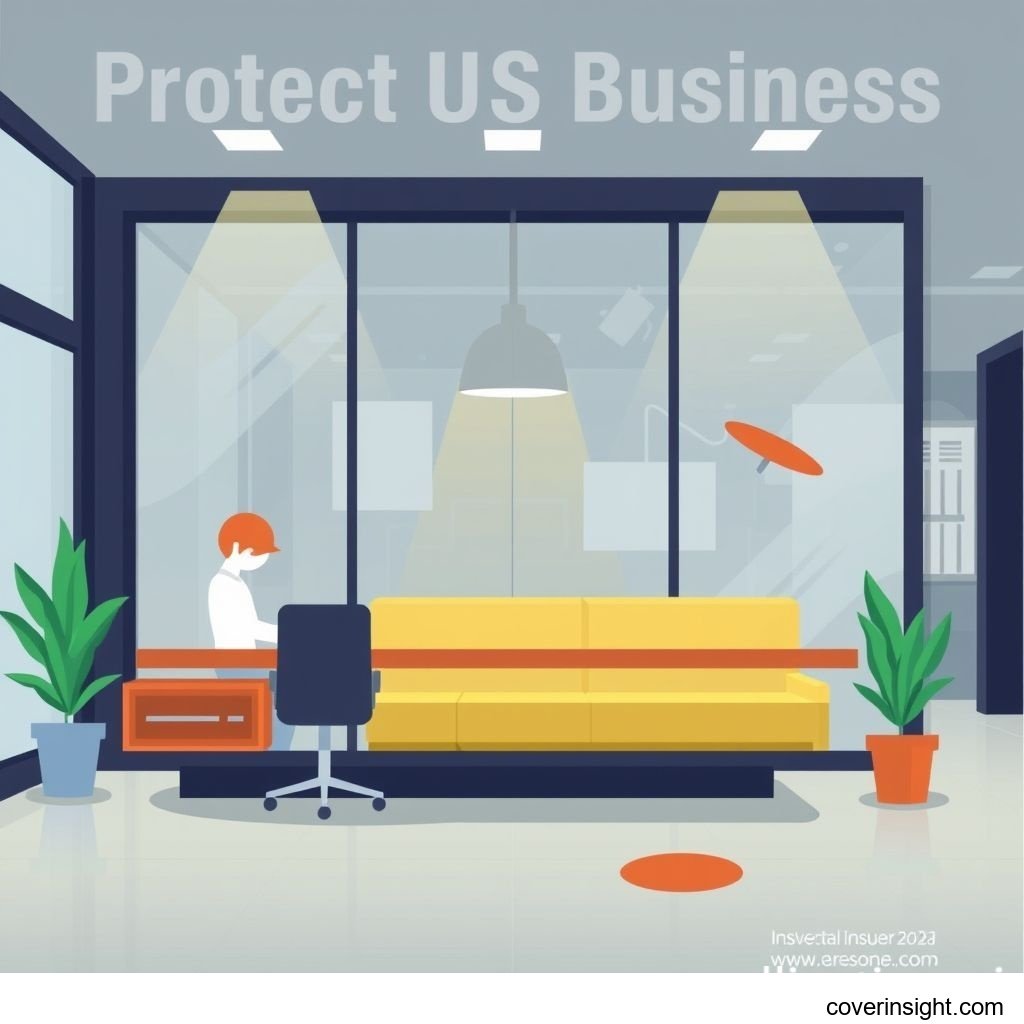Introduction
For US businesses, navigating the labyrinth of potential liabilities is a constant endeavor, and as we look ahead to 2025, one area remains perpetually critical: slip and fall coverage. These incidents, seemingly minor at first glance, can quickly escalate into costly legal battles, significant financial burdens, and reputational damage. Essential slip and fall coverage, typically found within a broader general liability insurance policy, isn't just a regulatory formality; it's a fundamental pillar of risk management. It acts as a crucial safety net, safeguarding your business against claims arising from injuries sustained by customers, visitors, or even trespassers on your premises. In an increasingly litigious environment, having robust coverage is less about "if" something might happen and more about being prepared for "when" it does.
Coverage Details
What’s Included
At its core, slip and fall coverage within a general liability policy is designed to protect your business from the financial fallout of third-party bodily injury and property damage claims. This typically includes:
-
Medical Payments: Covers the cost of medical treatment for the injured party, regardless of fault, up to a certain limit. This can help de-escalate minor incidents before they turn into lawsuits.
-
Legal Defense Costs: If a claim goes to court, this coverage pays for your legal fees, settlements, and judgments, even if the lawsuit is baseless. This is often the most significant benefit, as legal battles can drain resources faster than a leaky faucet.
-
Loss of Income/Wages: May cover an injured party's lost earnings if they are unable to work due to the injury sustained on your property.
-
Pain and Suffering: Addresses non-economic damages sought by the injured party for their physical discomfort and emotional distress.
-
Funeral Expenses: In the tragic event of a fatality resulting from a slip and fall, the policy can cover funeral costs.
For a comprehensive understanding of what’s covered, consulting your policy details or speaking with an experienced agent is key. Many businesses also find value in exploring broader [US Insurance Home](link to internal US Insurance Home) resources for additional insights.
Common Exclusions
While robust, slip and fall coverage isn't a magic bullet for all situations. Common exclusions typically include:
-
Employee Injuries: Slip and fall incidents involving your employees are generally covered under Workers' Compensation insurance, not general liability.
-
Punitive Damages: Policies usually do not cover damages awarded specifically to punish your business for gross negligence or intentional harm.
-
Intentional Acts: Injuries resulting from intentional acts committed by you or your employees are almost universally excluded.
-
Damage to Your Own Property: This coverage is for third-party claims, not damage to your business's assets.
-
Professional Liability: Claims arising from professional errors or omissions (e.g., a misdiagnosis by a doctor) are handled by professional liability insurance, not general liability.
-
Incidents Off-Premises: Unless specifically endorsed, coverage is typically limited to incidents occurring on your business premises or at events you manage.
Understanding these exclusions is just as important as knowing what’s covered to ensure there are no unwelcome surprises if a claim arises.
Cost Analysis
Price Factors
The cost of essential slip and fall coverage (as part of your general liability policy) isn't one-size-fits-all. Several key factors play a role in determining your premiums:
-
Industry Type: High-traffic businesses like retail stores, restaurants, or medical offices generally face higher premiums due to increased public interaction and inherent risks. A quiet accounting firm, for example, will typically pay less than a bustling grocery store.
-
Business Size and Location: Larger premises with more square footage and higher foot traffic naturally present more opportunities for incidents. Urban areas with higher population density and more litigious environments might also see higher rates.
-
Claims History: A spotless claims record can lead to lower premiums, while a history of frequent or costly slip and fall claims will almost certainly drive up your rates.
-
Risk Management Practices: Businesses with proactive safety measures—like regular maintenance, clear signage, adequate lighting, and employee training on hazard identification—are often viewed favorably by insurers, potentially leading to discounts.
-
Coverage Limits and Deductibles: Opting for higher coverage limits provides more protection but increases premiums. Conversely, choosing a higher deductible (the amount you pay out-of-pocket before insurance kicks in) can lower premiums, but means more immediate costs if a claim occurs.
Saving Tips
Reducing your slip and fall insurance premiums doesn't mean compromising on protection. Here are some smart strategies:
-
Implement Robust Safety Protocols: This is arguably the most impactful tip. Regular floor cleaning, prompt spill cleanup, clearly marked wet areas, proper lighting, handrails, and maintaining safe walkways are crucial. According to the National Floor Safety Institute (NFSI), falls account for over 8 million emergency room visits annually, making them the leading cause of ER visits. Proactive measures can significantly reduce this risk.
-
Train Employees Thoroughly: Ensure staff are trained to identify and mitigate hazards, assist customers, and properly document any incidents.
-
Bundle Policies: Many insurers offer discounts when you bundle your general liability with other policies like property insurance or business auto insurance.
-
Review Your Policy Annually: As your business evolves, so do your insurance needs. Regularly review your coverage with your agent to ensure it still fits and to explore new discount opportunities.
-
Shop Around: Don't settle for the first quote. Get multiple quotes from different carriers to compare prices and coverage options. You can use resources like the National Association of Insurance Commissioners to find reputable insurers in your state, or reach out to your specific State Insurance Departments for local guidance.
-
Maintain a Good Claims History: By minimizing incidents through strong risk management, you build a positive claims history, which is gold for lower premiums.
FAQs
How much does slip and fall coverage cost?
The cost varies widely, typically ranging from a few hundred dollars to several thousand per year, largely dependent on your business type, size, location, and claims history. A small, low-risk business might pay $300-$600 annually, while a large restaurant or retail chain could pay $2,000 or more.
What affects premiums?
As mentioned, industry type, business size, location, previous claims history, and the specific coverage limits and deductibles you choose are the primary drivers of your premiums. Effective risk management practices can also lead to significant savings.
Is it mandatory?
While specific slip and fall coverage isn't usually mandated by federal law, general liability insurance (which includes it) is often required by state governments for certain business types, by landlords as part of lease agreements, or by clients as part of contracts. It's universally considered an essential safeguard, a smart business move that no one should operate without.
How to choose?
Choosing the right coverage involves assessing your specific business risks, desired coverage limits, and budget. It's highly recommended to consult with an independent insurance agent who can help you compare quotes from various carriers and tailor a policy to your unique needs. Exploring resources like [Insurance Resources Global](link to internal Insurance Resources Global) can also provide a broader perspective on risk management strategies.
Consequences of no coverage?
Operating without adequate slip and fall coverage is akin to driving without car insurance – it’s a gamble with potentially catastrophic consequences. A single significant slip and fall claim can result in massive out-of-pocket expenses for medical bills, legal fees, and potential settlements. Consider the case of a small boutique in Chicago that faced a $500,000 lawsuit after a customer slipped on an uncleaned spill and suffered a debilitating injury. Without coverage, such a claim could easily bankrupt the business, forcing it to close its doors and seize assets. The financial strain, coupled with the immense stress and reputational damage, can be truly crippling.
Author Insight & Experience:
Based on my experience helping businesses navigate the often-choppy waters of liability, I’ve seen firsthand how a seemingly minor slip can turn into a colossal headache, financially and emotionally. As someone living in the US, where litigation is a common response to perceived injury, adequate slip and fall coverage isn't just "nice to have"—it's a non-negotiable safeguard. It’s not just about protecting your bottom line; it’s about giving yourself the peace of mind to focus on what you do best, knowing that an unforeseen accident won’t send your business spiraling. Invest in robust coverage now; it's genuinely worth its weight in gold when you need it most.








Comments